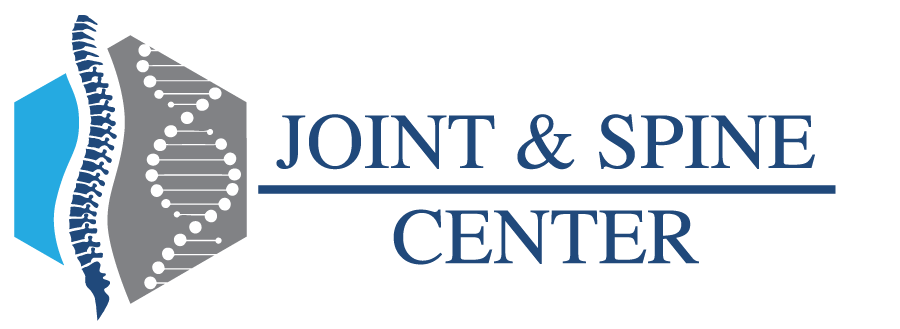Migraine
What is a Migraine?
Migraines are a neurological condition causing throbbing pain, usually only on one side of the head, lasting for hours or even days. Migraines affect people of all ages and generally, run in the family. In most cases, migraines start between the age of 10 – 40 years. Generally, women have migraines more than men.
There are multiple symptoms of a migraine such as headache, nausea, numbness or tingling, vomiting, and sensitivity to sound and light. The most common categories of migraines are with aura (classic migraines) and without aura (common migraines). The medical history and reported symptoms are useful in the diagnosis of migraine headaches. Certain preventative medications are also helpful in preventing and reducing pain.
Types of Migraine
The most common types of migraines are
- Classic Migraines
- Common Migraines
1. Classic Migraines
This type of migraine starts with a warning sign called an “aura”. Therefore, it is also called migraines with aura. Usually, the aura involves some kind of changes in your vision. You may see shadows, flashing lights or may lose your side vision temporarily. You may also feel muscle weakness, burning sensation, depression, and may become restless or irritable. Auras can last for 20-30 minutes and may occur after or before the headache.
2. Common Migraines
This type of migraine is a migraine headache without “auras.” This is the most common type of migraine. Generally, the pain is only on one side of the head. These migraines may start slowly and last longer than the classic migraines. Before the headache starts, you will experience certain symptoms like
- Depression
- Anxiety
- Tiredness
Classic migraines and common migraines are the two most common types of migraines. However, there are a few more types of migraines. These are:
Acephalic or silent migraines: In silent migraine, there is no head pain but you may feel other migraine symptoms like nausea or sensitivity to light and sound.
Hemiplegic migraines: Hemiplegic migraines cause weakness on one side of the body or loss of sensation, similar to a stroke. However, the symptoms are just a part of the migraine attack and are temporary.
Retinal migraines: Retinal migraines are also known as ocular migraines. It can cause temporary loss of vision of one eye. The symptoms do not last for too long. However, It is a serious problem and you should seek proper medical care.
Chronic migraines: A migraine headache lasting more than 15 days per month for more than 3 months.
Status migrainosus: Status migrainosus is also known as an intractable migraine. It is a severe and long-lasting migraine that lasts more than 72 hours.
Chiropractic Care for Migraine
Chiropractic adjustments can help in relieving the pressure on your nervous system. These adjustments can promote spinal health and help in managing chronic pain due to migraines. The chiropractic treatment is very different and unique for the treatment of migraine because the treatment focuses on the source of migraine rather than treating the symptoms of migraine. The chiropractic treatment reduces muscle tension and irritation in the nerves, and also strengthens the muscles.
